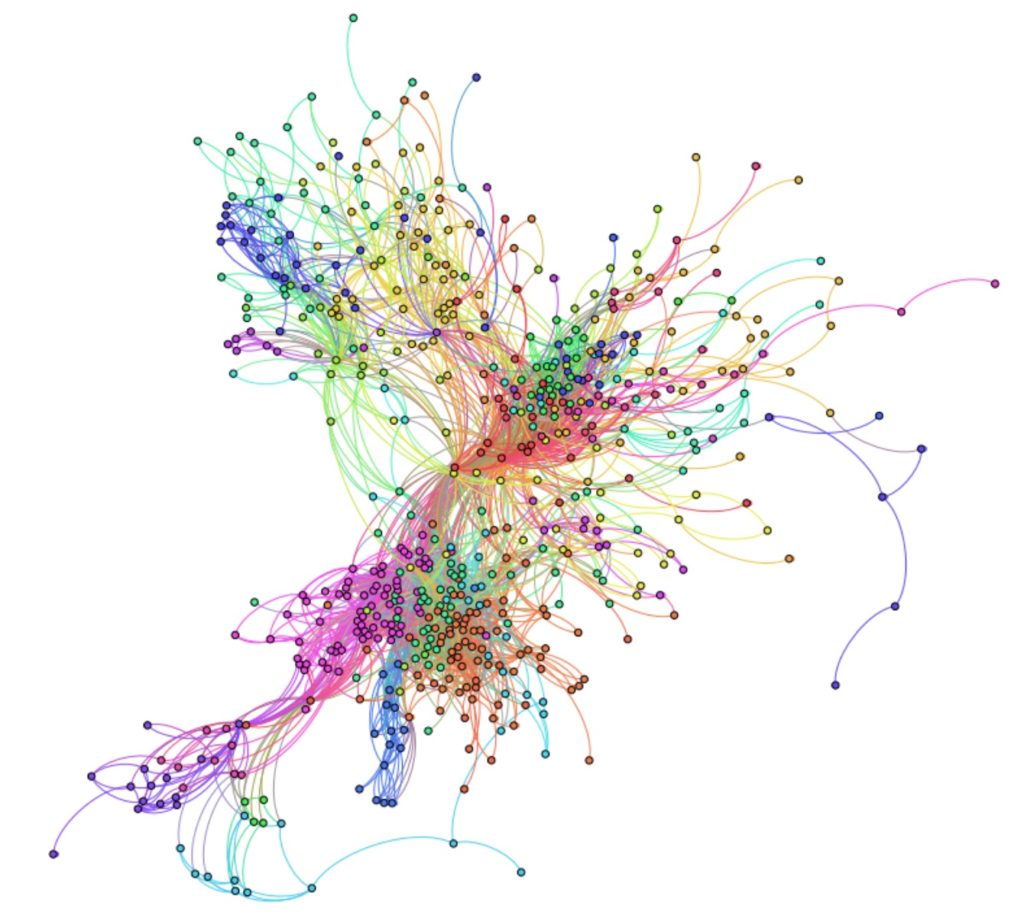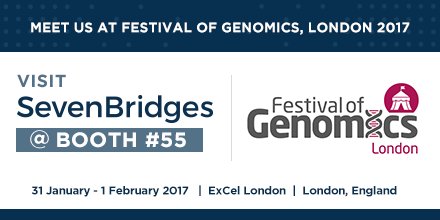Implementing precision medicine needs smart connected data
Ahead of the Festival of Genomics, London, we take a look at what needs to happen in order to make biomedical data truly useful for precision medicine.
Challenges of poorly connected data
Have you ever tried to show a friend an article or video that you know they would enjoy, but can’t quite find it? You know it’s online, but can’t seem to track it down. Having access to large amounts of data doesn’t automatically mean you’ll be able to get the information you are looking for, much less make rapid sense of it. This is especially true for clinicians who need to make sense of genomic and other complex biomedical data in order to make decisions about how to treat their patients.
The amount of new genomic data generated every year is predicted to exceed 2 exabytes (2 million terabytes) by 2025. However, the abundance of sequence data that is rapidly becoming available is not doing any good if clinicians cannot quickly find and use the information they need to make diagnostic and treatment decisions. How do we translate the promise of millions of genomes into real benefit in the lives of patients?

Useful data for precision medicine
Precision medicine promises that in the future, your doctor’s recommendations will be tailored to your unique molecular makeup. Powering this transition is a wealth of Next-Generation Sequencing (NGS) data that can help us better understand the unique characteristics of an individual’s health. However, all too often NGS data is obtained without good accompanying clinical data, and vice versa.
As a first step, we need to get better at connecting good-quality NGS and clinical data. A proven, secure, approach is to colocalize these assets in the cloud. Colocalization means that variations in NGS data can be analyzed in the context of clinical outcomes, and has the added advantage that the data are stored alongside the analysis tools and compute resources need to make use of them.
Next, regardless of therapeutic segment or specific area of the value chain, properly integrating these different data sets with standardized nomenclature and good metadata helps us to ask (and answer) the right scientific question. For a researcher, this might be what biomarkers are associated with particular clinical outcomes; for a clinician it might be whether it is safe to give a particular patient a drug. Such questions can only be answered if we have comprehensive, well-integrated molecular and clinical data.
Finally, as NGS and clinical data continues to grow in size and complexity, data sets need to be dynamic and updatable, with clinical outcomes feeding back into the cloud, and new research findings feeding forward into the clinic.
Talk to us in London
Join us this week at the Festival of Genomics London, where our team will be demonstrating how we make data useful on the Seven Bridges Platform, and our SVP of Commercial Operations, Julia Fan Li, will join a panel of experts to discuss how precision medicine can only succeed with connected data.
